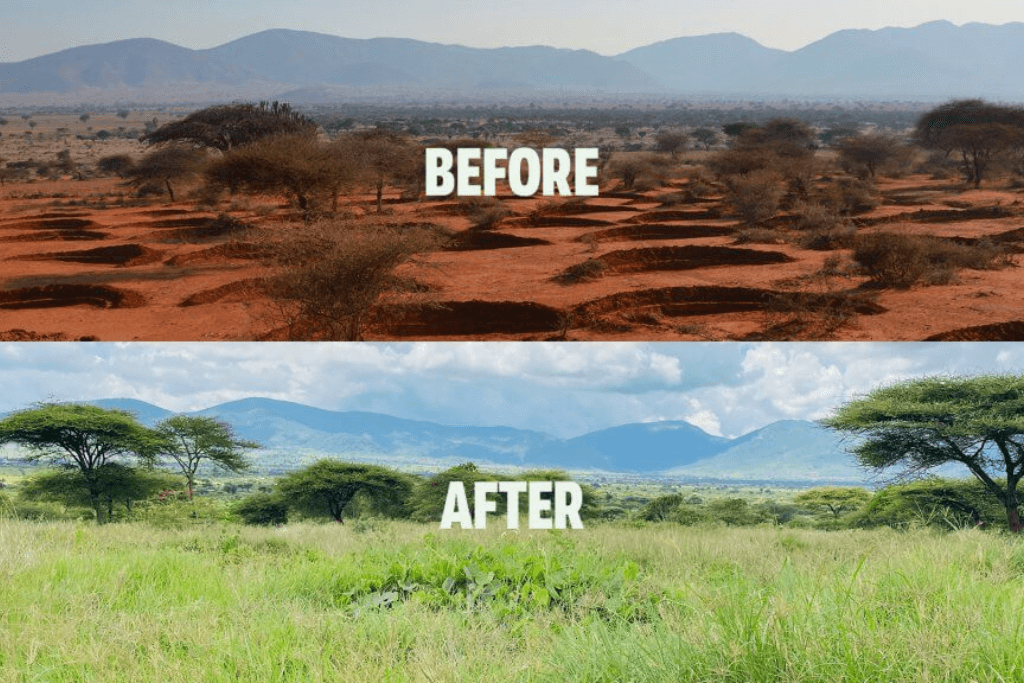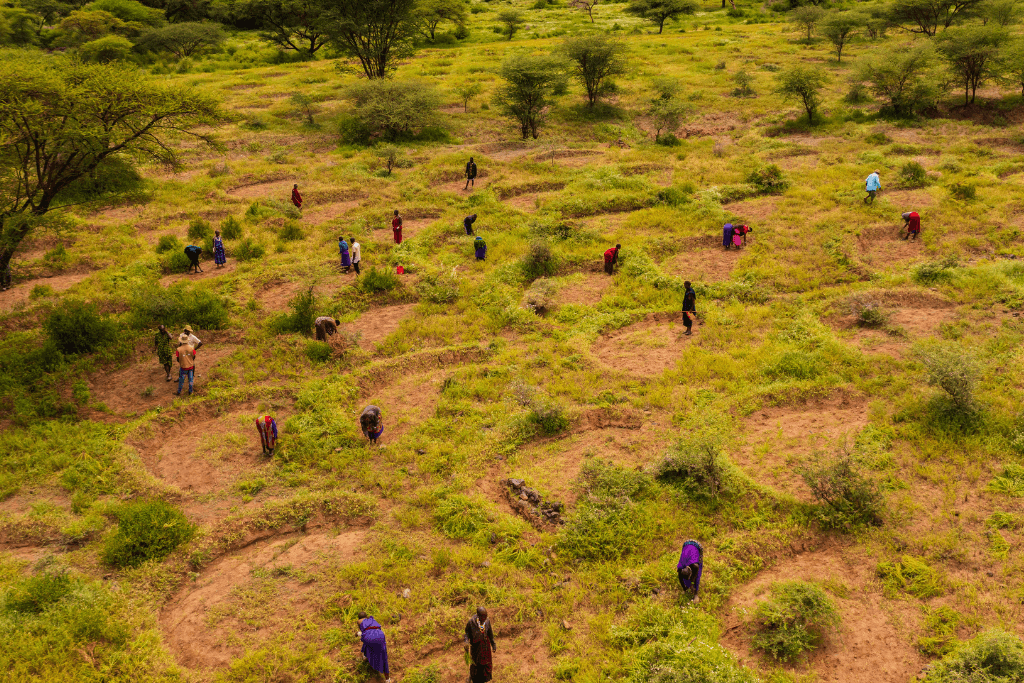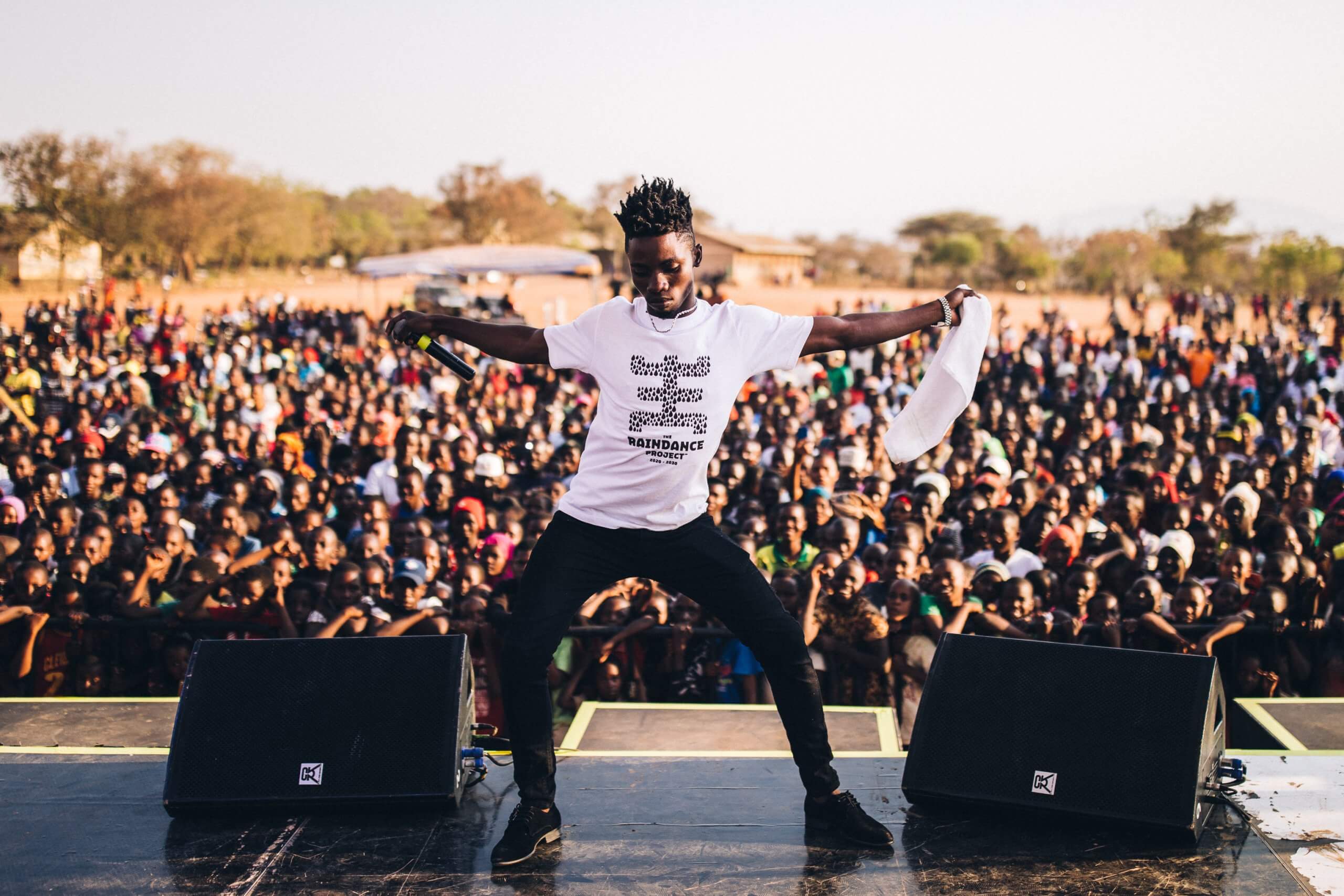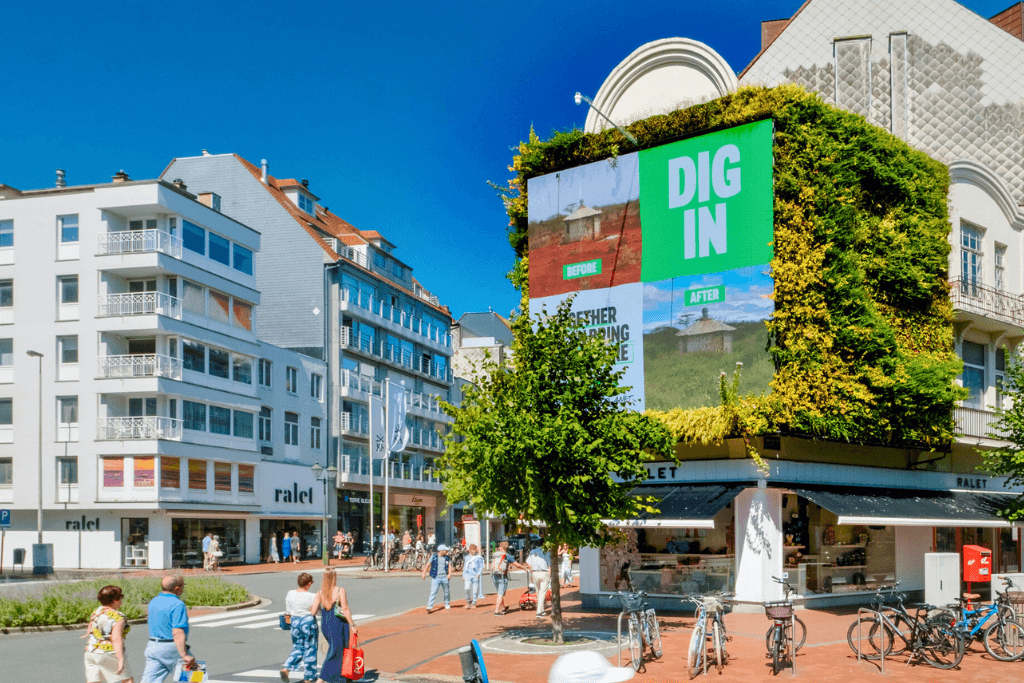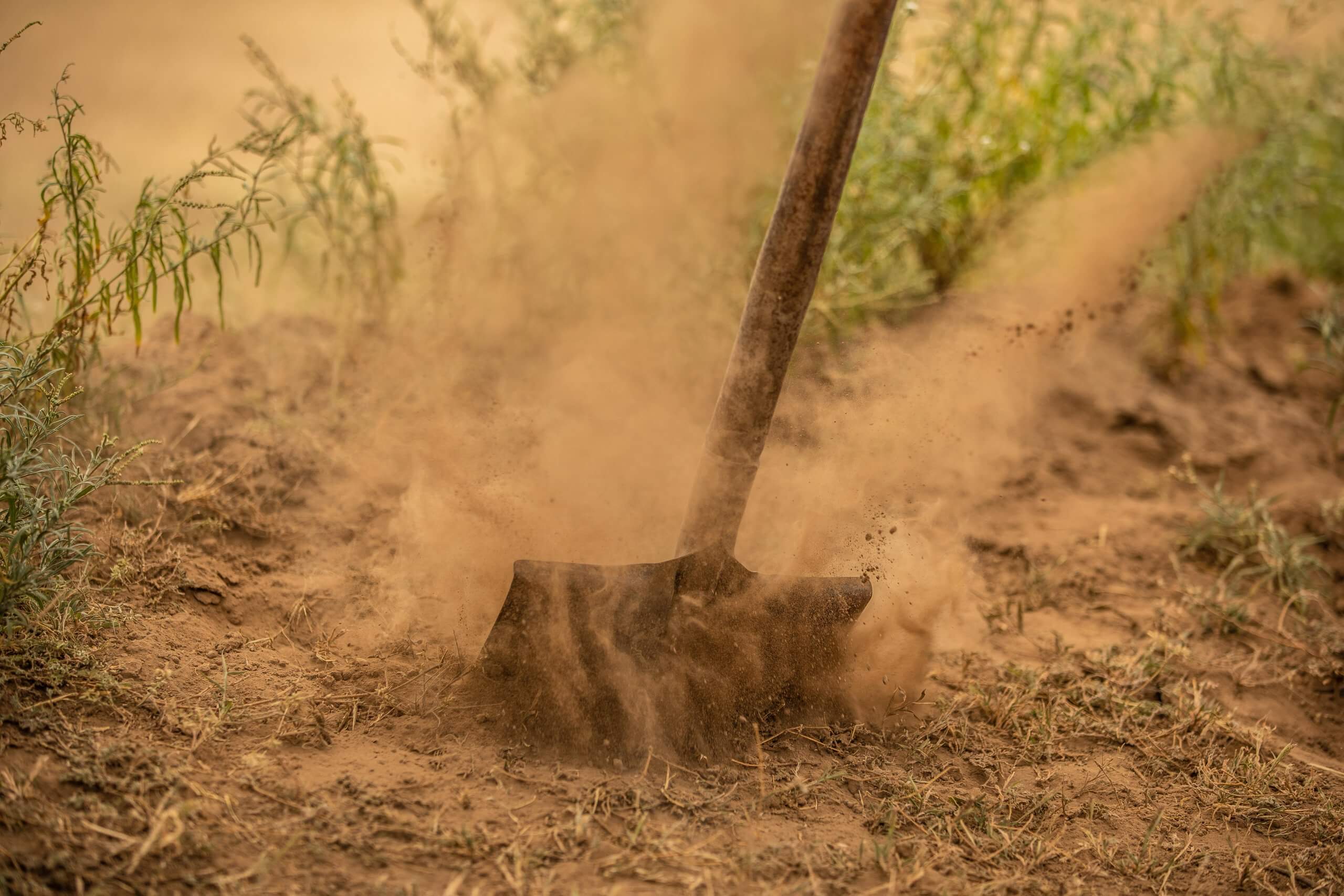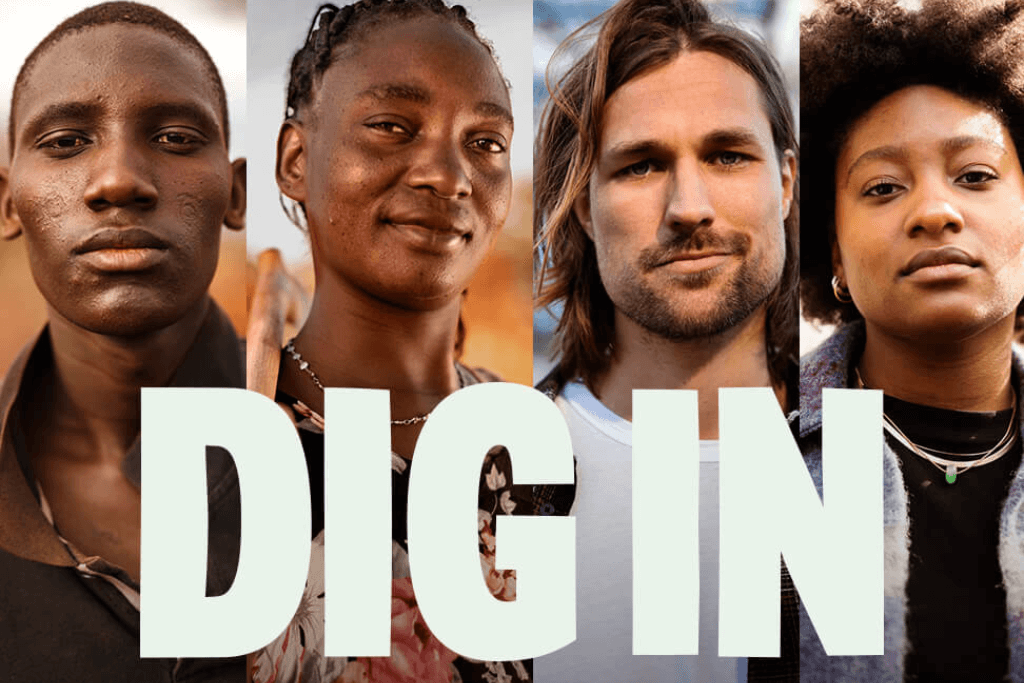Kuku/Iltilal – March 2024
Iltilal Update!
Iltilal programme: An update from the field…
With 41,200 freshly dug bunds, abundant November rains and 516 hectares of land that is ready to become green again, the last six months were a fruitful period for our new Iltilal bund programme. Here is a convenient overview of our activities to get you up to speed on the progress in this project area!

Finding the right site
Every new bund programme starts with selecting suitable sites. Together with our partner Maasai Wilderness Conservation Trust (MWCT) and the communities, we have scouted the area to find the most suitable location for the digging of bunds.
There’s more to it than you might think: we’ve looked at things like soil type (where will vegetation grow best?), slope (not too steep, but not too flat either) and severity of land degradation. Proximity to settlements is important to consider as well because if we dig the bunds too close to villages livestock might intervene, but too far means that people can not reach the area when digging.
For the Iltilal project, we did a first analysis using remote sensing, after the involved parties visited potential areas for in-field verification and picked the location where bunds will be the most effective.
Involving the community
All of our land restoration projects are community-led. This means that getting the community involved is critical in ensuring the success and proper maintenance and sustainability of the project, even past grant funding. Before implementation, we held a series of community and leaders’ meetings to ensure a common understanding of restoration and its purpose, and the interventions proposed for the site. We took the following steps to engage the community:
Two leaders’ meetings at Iltilal and Kuku villages with 8 leaders present
Two community meetings in both villages with over 200 villagers attending each meeting. We were particularly happy with the fact that over 70% of the attendees were women and 80% were youth! The presence of youth is very important since they are often the once herding the livestock
Two grazing committee meetings were held with 15 participants each from both villages
Organising training sessions
We organised several training sessions before the bund digging got started. A group of 10 supervisors (fundis) were trained on the first day, after which a group of 100 community members were trained to dig bunds on the second day. The training focused on the background of land degradation and restoration, introduction to bunds as a mitigation intervention, the structure and layout of the bunds, and technical elements like the dimensions of the bunds and how to dig them properly.
Time to start digging
In October the bund digging in Iltilal started. Thanks to a fantastic team effort of the community a total of 41,200 bunds were constructed in an area of about 516 hectares. The bunds were seeded with two perennial grass seeds (African Foxtail and Maasai Lovegrass), which help boost the restoration process and will make this area green again!
In this programme, we piloted the use of tree and shrub prunings to cover the bunds, to prevent wildlife from eating the young grass shoots. This also helps prevent the abundant shrubs from taking over the area and outcompeting the grasses.
Let it rain!
After a prolonged period of drought, it finally rained in November. And raining it did: some areas in the larger Chyulu area received over 500 millimeters in this month alone – about as much as the annual average rainfall!
These rain showers allowed the planted grass to sprout very well, as well as many weeds around the bunds. This may lead to some confusing first views, with seemingly more vegetation outside the bunds compared to inside the bunds. However, as the soil slowly dries, the useless weeds dry out quickly, while the perennial grasses remain healthy and strong.
With the perennial grasses not populating the bunds, they are expected to slowly spread and cover the full bund plot in time. This only works if the disturbance is minimal, which is why the communities agreed to leave the area ungrazed at least for the next two years, to allow the grasses to establish and spread.
Sustainable grazing: now and in the future
It is important for the communities that the area can eventually be used for grazing again. And that’s not necessarily a bad thing, because grazing done sustainably does not harm the soil or projects. To assist sustainable grazing in the future and help grazing committees make informed decisions on grazing, we started developing a tool with a group of researchers from Eageron University in Nairobi. The tool, which is currently in the final stages of development, enables us to determine the number of animals (cows, goats, sheep) that can graze in the project sites without damaging it while taking into account grazing wildlife as well.
What’s next…
In the coming reporting period, we will organise grazing committee and community meetings, to update them on the restoration progress and boost community ownership. We have already planned site visits to assess the status of the area and address challenges, identify gaps and find areas of improvement based on feedback from people on the ground.
